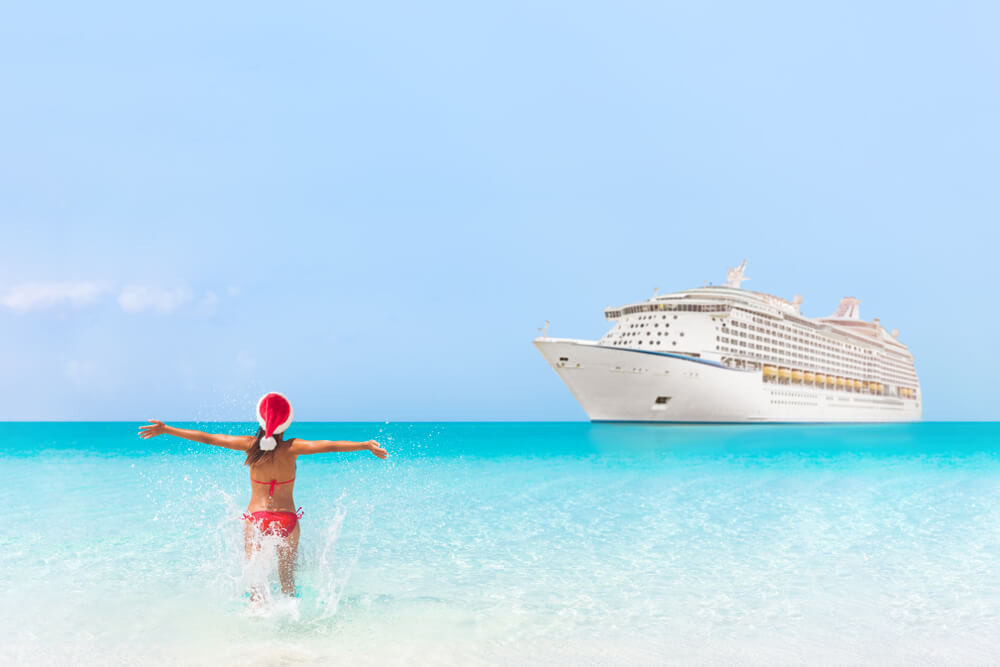Cruise ships are a popular way to travel; they often sail off the coast of a destination without stopping. This means that a cruise ship must have enough fuel to get them there and back, and many travelers are curious about how much fuel in a cruise ship. In this article, we’ll answer this question and give a breakdown of what type of fuel a cruise ship uses. Stay tuned for more!
Do cruise ships use petrol or diesel?
Cruise ships use a variety of fuel sources, but overwhelmingly they rely on diesel. Cruises are big business, and the cruise industry is one of the few that has consistently grown over time. So what’s behind this boom?
There are a few reasons for this trend. For one, diesel engines are more efficient than petrol engines when moving large amounts of cargo or people around. They’re also less polluting, which is important to many environmentally conscious travelers.
That said, there have been some recent trends in the cruise ship industry that could change things up a bit. Hybrid power systems – which combine diesel and electric propulsion – are becoming more common on larger luxury vessels. This technology has several benefits: it reduces emissions overall, saves on crew labor costs, and allows passengers to experience cruising without worrying about emissions regulations in their home country (since these cruises operate outside national boundaries).
How many gallons of fuel on a cruise ship?
Cruise ships are some of the most popular tourist destinations on Earth. They offer travelers a luxurious and relaxing experience while providing unique exploration opportunities. However, navigating these huge vessels can be complex – especially regarding fuel supplies.
A large cruise ship might hold 1 to 2 million gallons of fuel, but it typically can only stay in the sea for up to 10-14 days without refueling. This fuel would allow the ship to travel at a speed of up to 20 knots (29 miles per hour), making it possible to visit several different ports along the way.
How much fuel does a cruise ship burn per hour?
Cruise ships are massive vessels, and as such, they require a lot of energy to operate. On average, cruise ships burn around 1,377 gallons of fuel per hour at full power. This amount can increase significantly depending on the type of ship and the destination.
Cruise lines have developed several sustainable practices to minimize this energy consumption over the years. These practices include using renewable energy sources like solar and wind power, conserving water resources by limiting wastewater discharge into the ocean (cruises typically carry enough drinking water for their passengers), and reducing fuel emissions and other onboard activities.
So far, these efforts have resulted in significant reductions in greenhouse gas emissions from cruise ships overall. Recent studies suggest that cruising could eventually be completely carbon-free!
How much fuel does a cruise ship use a day?
Cruise ships are some of the most energy-hungry vessels on Earth. They consume a staggering amount of fuel – around 140-150 tonnes per day, or 30 to 50 gallons per mile. Cruise ships use more fuel than any other type of vessel worldwide!
One reason is that cruise lines demand high speeds and long voyages from their passengers. They want customers to come back again and again, so they need to offer an enjoyable experience that is convenient and hassle-free. Cruises also typically spend longer at sea than other vessels, meaning they need more food and water supplies.
Fortunately, there are ways to reduce the energy consumption of cruise ships without compromising on quality or customer service. Using green technology in moderation and making sensible choices when choosing ports and itineraries, cruise lines can save considerable energy each year while still providing their passengers a fantastic experience.
How often does a cruise ship refuel?
Cruise ships are notorious for their long voyages and luxurious lifestyles. But how do they keep going without running out of fuel?
Most cruise ships refuel at least once during their voyage – sometimes more often, depending on the length of the journey. Cruises typically stop in different ports worldwide to take on fresh fuel, allowing them to travel long distances without stopping. Thanks to this strategy, a typical cruising trip can last up to 15 days.
This process isn’t easy or cheap, but it’s essential for keeping these luxury vessels afloat. So next time you sail away on your next dream vacation, be grateful for all the hard work that goes into making it possible.
What happens if a cruise ship runs out of fuel?
A cruise ship is essentially a large, floating city. It requires a lot of fuel to keep it afloat and to move through the water, and if that fuel runs out, things can get dicey very quickly.
Cruise ships typically have several backup systems in place in case of emergencies. These include engines capable of operating without oil or diesel, generators to power lights and other essential equipment, and reservoirs of freshwater for drinking purposes. In extreme cases (like when all the oil on a particular ship has run out), captains may be forced to turn to alternative fuels like gas or propane generators.
If you’re ever stuck on a cruise ship with no hope of escape, don’t worry – there are usually ways for passengers to cope with difficult situations like this. Keep yourself occupied by reading books or playing games; try not to panic too much! And above all else: stay calm – your safety depends on it.

